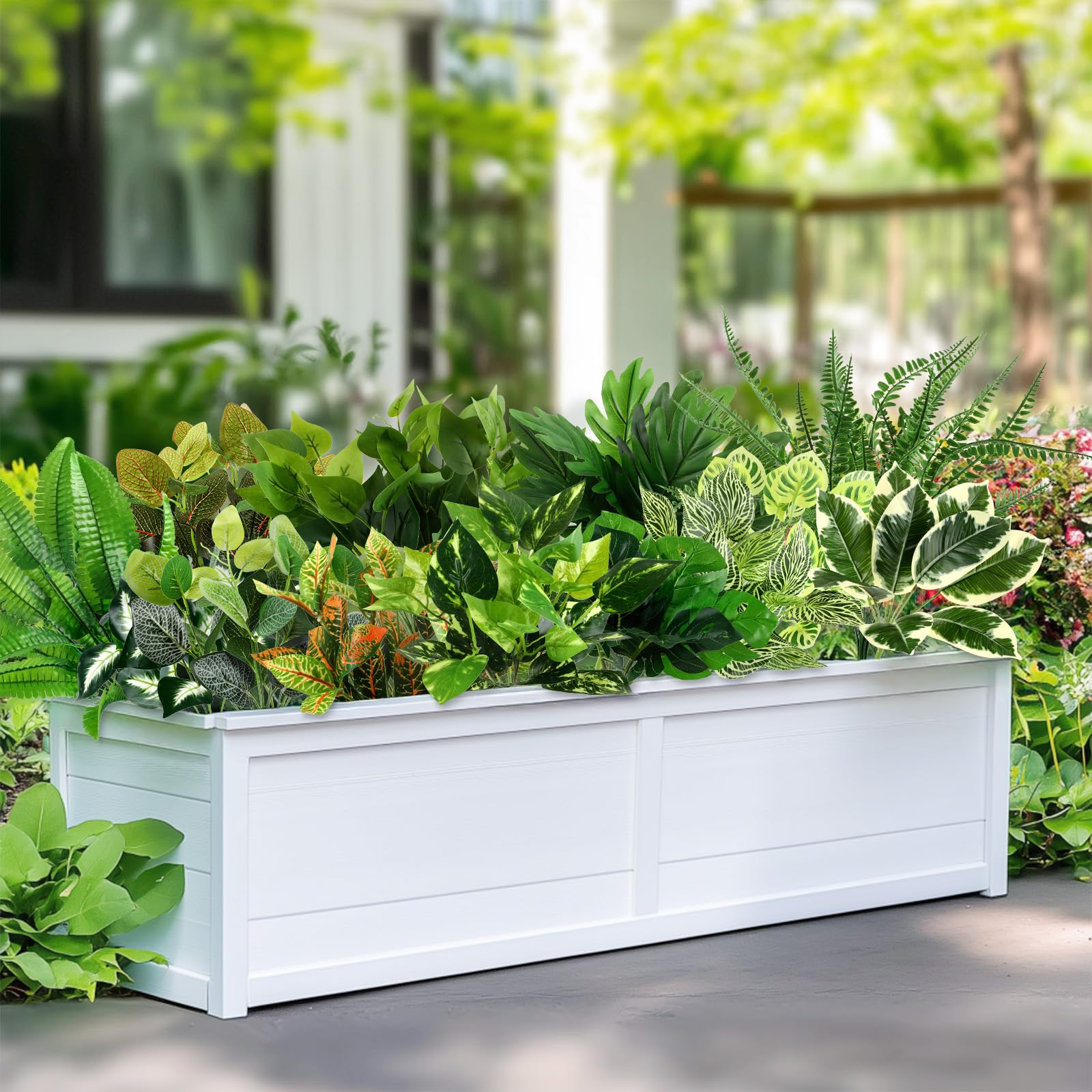Artificial plants have become increasingly popular as a low-maintenance alternative to real plants. They add a touch of nature to any space without requiring the same level of care. However, to keep your artificial plants looking their best, they do need some attention. In this guide, we'll walk you through how to maintain your artificial plants, focusing on cleaning, placement, and repair.

Why Maintain Artificial Plants?
Before diving into the specifics, it's worth understanding why maintenance is important. Artificial plants accumulate dust and dirt over time, which can make them look dull and unattractive. Regular cleaning helps restore their appearance and prolong their lifespan. Additionally, proper maintenance can prevent allergens from building up, improving indoor air quality.
Cleaning Your Artificial Plants
Regular Dusting
The simplest and most frequent maintenance task is dusting. Use a soft feather duster or a microfiber cloth to gently remove dust from the leaves and stems. For outdoor artificial plants, you might need to do this more frequently due to exposure to the elements.
Deep Cleaning
For a deeper clean, especially if your plants are looking particularly grimy, you can use a mixture of water and mild dish soap. Fill a spray bottle with this solution and lightly mist the plants. Use a soft cloth to wipe away the grime, working from the top of the plant downward. For stubborn stains, a mixture of equal parts water and white vinegar can be effective.
Special Considerations for Outdoor Plants
Artificial plants designed for outdoor use, like our artificial olive plant, are typically made from weather-resistant materials. However, they still benefit from regular cleaning. After dusting, consider using a garden hose on a gentle setting to rinse off any built-up dirt. Be sure to let them dry completely before placing them back in their outdoor setting.
Proper Placement and Environment
Indoor Considerations
When placing artificial plants indoors, consider the surrounding environment. Avoid areas with high humidity or direct sunlight, which can fade colors and damage materials. Positioning your plants away from high-traffic areas can also reduce the amount of dust they accumulate.
Outdoor Considerations
For outdoor artificial plants, ensure they're placed in areas protected from harsh weather conditions. While they're built to withstand the elements, excessive wind, rain, or UV exposure can still take a toll. Regularly check their placement and adjust as needed based on seasonal changes.

Repairing and Replacing Damaged Parts
Even with the best care, artificial plants can suffer damage over time. Check for loose leaves, broken stems, or faded colors. Minor repairs can often be done at home using glue or tape. For more significant damage, consider replacing the affected parts or the entire plant if necessary.
Creating a Maintenance Schedule
To keep your artificial plants in top condition, establish a regular maintenance schedule. Indoor plants might need dusting monthly and deep cleaning every few months. Outdoor plants may require more frequent attention, especially after harsh weather.
Common Questions About Artificial Plant Maintenance
How often should I clean my artificial plants? This depends on their location and how much dust they accumulate. As a general rule, dusting monthly and deep cleaning every three to six months is a good guideline.
Can I use water to clean my artificial plants? Yes, but be cautious with the temperature. Warm water is fine, but hot water can damage materials and cause colors to fade.
What’s the best way to remove stubborn stains? A mixture of water and white vinegar is often effective. Test it on a small area first to ensure it doesn’t affect the plant’s color.
Conclusion
Maintaining artificial plants is a straightforward process that rewards you with beautiful, long-lasting decor. By following these simple steps—regular dusting, deep cleaning when needed, proper placement, and timely repairs—you can ensure your artificial plants continue to enhance your space for years to come. Whether you're caring for an indoor arrangement or our durable artificial olive plant for outdoors, a little attention goes a long way in keeping them looking vibrant and fresh.



